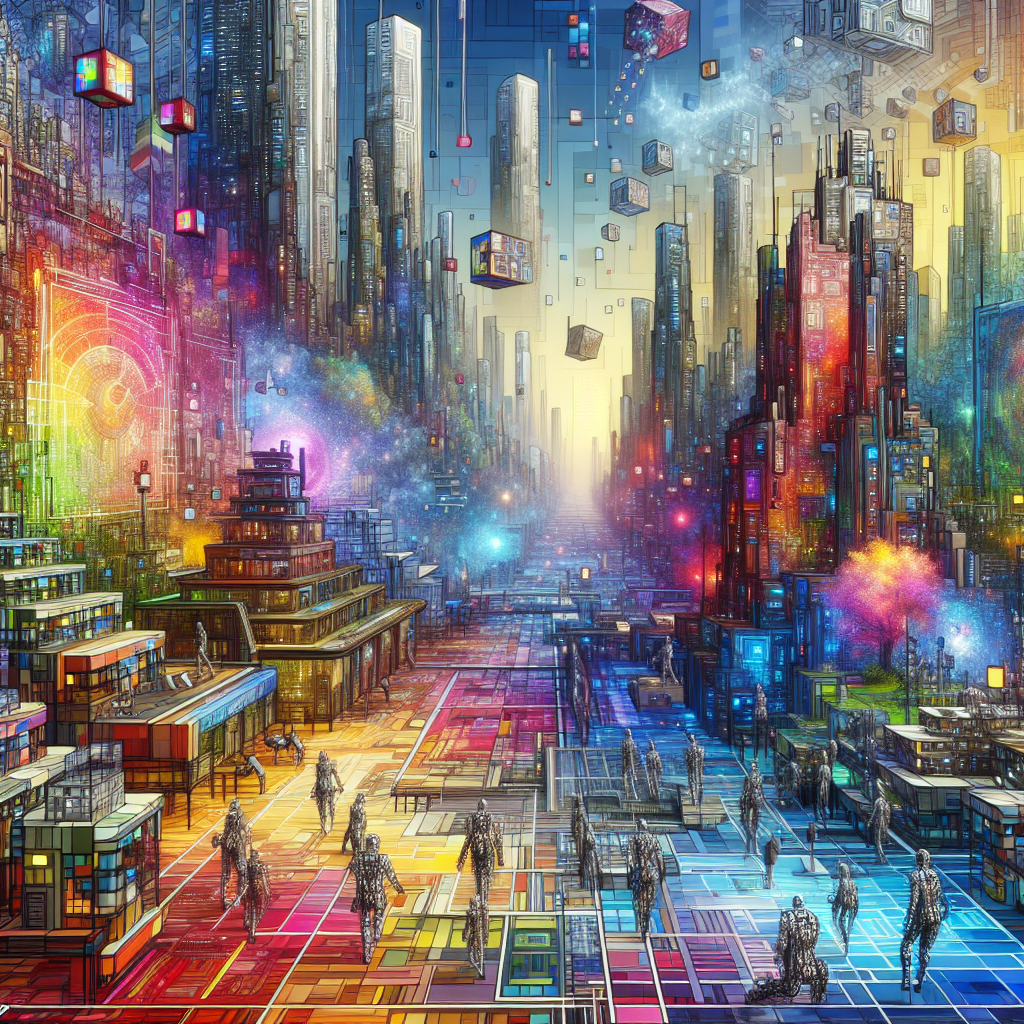How Computer Graphics is Reshaping Our Realities: From Your Screen to the Real World

In today's digital age, the landscapes we interact with on our screens are far from mere images; they are intricate constructs that blend art and technology to create immersive experiences. Computer graphics have become a pivotal element not just in entertainment—think movies and video games—but also in fields such as medicine, architecture, and even education. This article seeks to unravel the secrets of computer graphics and how they are changing the way we perceive and interact with the world around us.
The Basics of Computer Graphics
At its core, computer graphics involves the creation and manipulation of images using computers. It's like painting a picture, but instead of using a brush and canvas, artists use software and algorithms. Whether it's the 3D rendering of a character in a game or the realistic modeling of a building, computer graphics allows creators to visualize things that might not physically exist or to simulate experiences that captivate audiences.
Visual Storytelling: The Power of Animation
One of the most fascinating applications of computer graphics is in animation. Films like "Toy Story" and "Spider-Man: Into the Spider-Verse" showcase how computer-generated imagery (CGI) can tell a story in vibrant, visually stunning ways. From character development to creating whole worlds, animation has redefined storytelling by enchanting audiences of all ages. According to a recent report, animated films accounted for over 40% of global box office revenue in 2022, highlighting just how pivotal computer graphics are in shaping popular culture.
Real-World Applications: Beyond Entertainment
While most people might think of computer graphics as limited to Hollywood, their applications stretch into many critical sectors. In medicine, 3D modeling and visualization help surgeons plan complex procedures. Architects can create lifelike simulations of buildings before a single brick is laid, allowing clients to walk through spaces that don’t yet exist. Furthermore, educational professionals are using animated graphics to explain complex concepts, from molecular biology to historical events, making learning not only easier but also more engaging.
The Future of Computer Graphics: Virtual and Augmented Realities
The digital universe is rapidly evolving, and the next frontier of computer graphics lies in virtual reality (VR) and augmented reality (AR). These technologies promise to blend the lines between our physical and digital worlds. Imagine walking through a historical landscape reconstructed through AR on your phone or fully immersing yourself in a video game universe via VR goggles. Companies like Meta and Microsoft are heavily investing in these technologies, indicating that the future will be marked by unprecedented levels of interactivity and immersion.
Conclusion: Why You Should Care
Understanding computer graphics is essential in our rapidly digitizing world. It’s not just limited to gamers or graphic designers; it influences how we communicate, how we learn, and even how we view the world. The next time you engage with a video, a game, or an interactive website, remember the incredible technology behind the scenes. As we venture into an increasingly graphic-driven future, becoming acquainted with these advancements will enhance not only your appreciation but also your ability to navigate this new digital landscape.